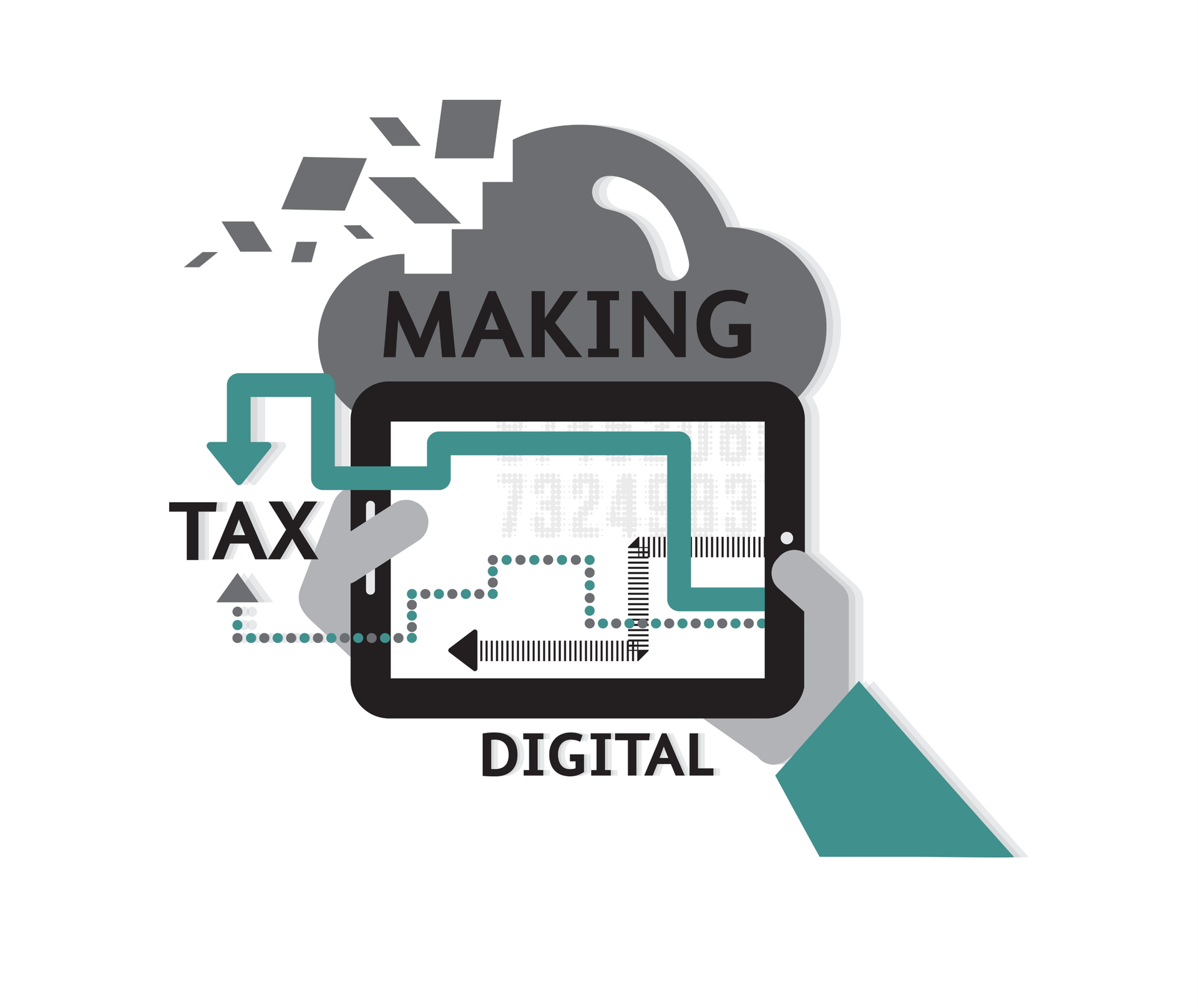.jpg)
Companies can relieve losses for tax purposes, subject to certain restrictions. These restrictions have been eased slightly in recent years, an example of which is allowing companies to claim trading losses against other profits for future trading years.
However, the pandemic has seen many businesses, including companies, close down and it’s anticipated that further insolvencies will occur once government assistance, such as furlough, ends, and companies are required to start making repayments on the various loan programmes that have been available. As a result, terminal loss relief may prove increasingly more important over the next year.
If a company ceases trading, terminal loss relief allows it to carry back trading losses that have arisen in the final 12 months of trade and set them against profits from the same trade made in any or all of the three years up to the end of the period immediately prior to the period in which the loss was made.
The current temporary extension to sideways loss relief also extends the offset period to three years for losses incurred in financial years 2020 and 2021. However, terminal loss relief is not subject to a cap. Further detail regarding the extension is available here.
Since April 2017, a company can also include unused carried forward losses in a terminal loss relief claim, which can enhance relief. However, the three-year period for carried forward losses ends with the date the trade ceases.
Example
Company A’s final accounting period (and final trading period) begins on 1 January 2023 and ends on 31 December 2023. Losses incurred in the final 12 months of trading can be relieved in the three years ending 31 December 2022. Any carried forward losses can be relieved in the three years to 31 December 2023.
The time limit for claiming losses also varies slightly depending on whether the loss is a "final 12-month" loss or a carried forward loss. If the claim is for a loss arising in the final 12 months of trade, the deadline is two years from the end of the accounting period in which the loss is made. If the claim is for unused carried forward losses, the deadline is two years from the end of the accounting period in which the trade ceased. These can, but will not always, be the same date.
Further help
Please get in touch if you require assistance on this topic. You can contact me on my email: martin.johnson@torgersens.com.
The information provided in this blog is for general informational purposes only and should not be considered professional advice. As far as we are aware, the content is accurate at time of publication. Torgersens assumes no responsibility for errors or omissions in the content or for any actions taken based on the information provided.




.jpg)



